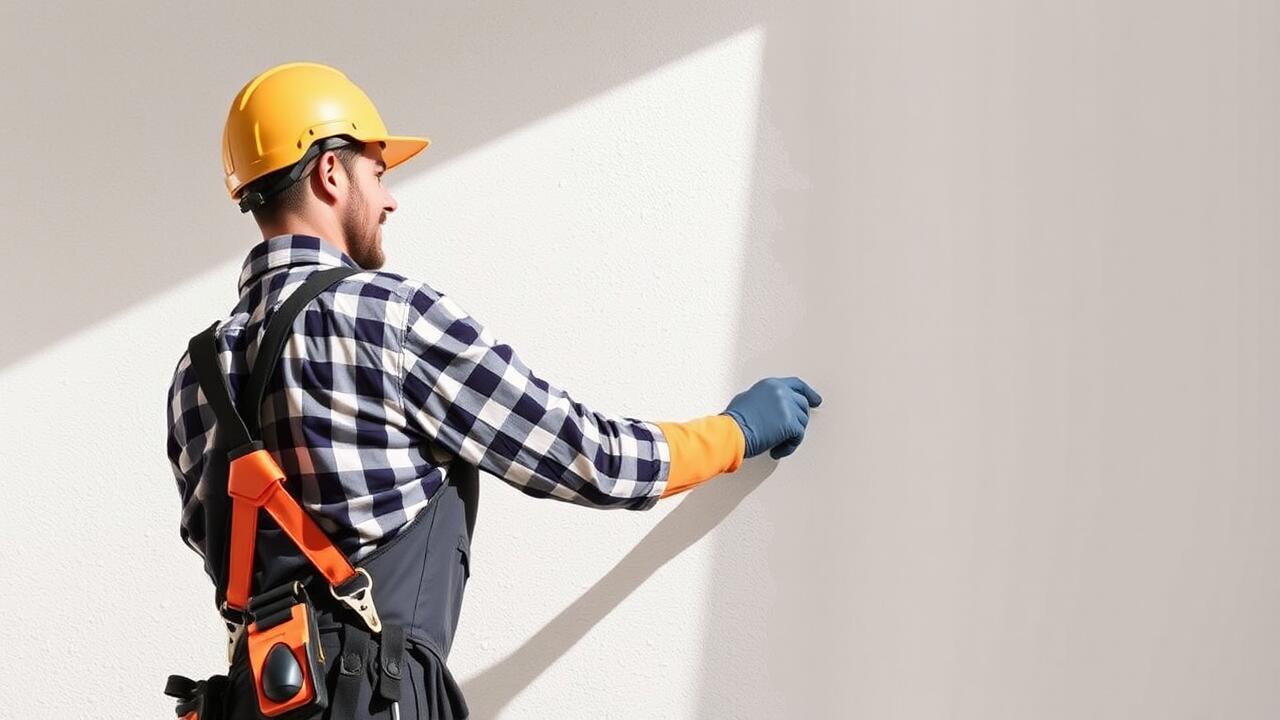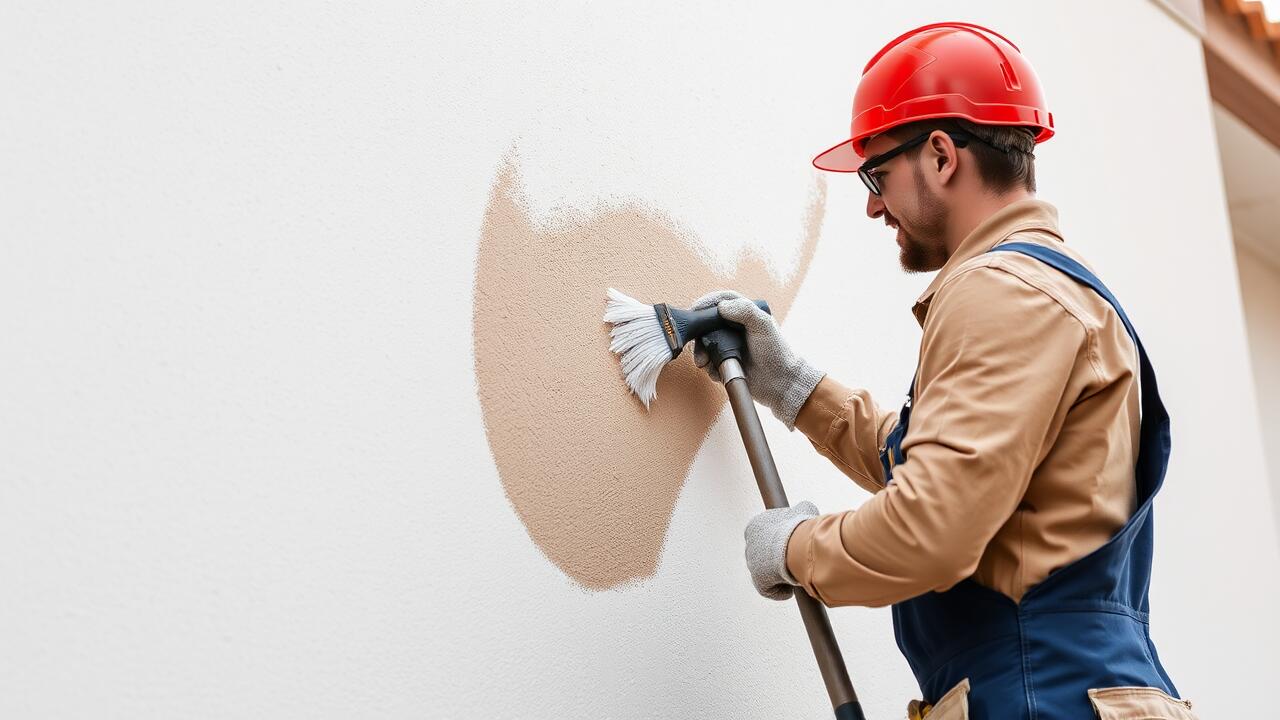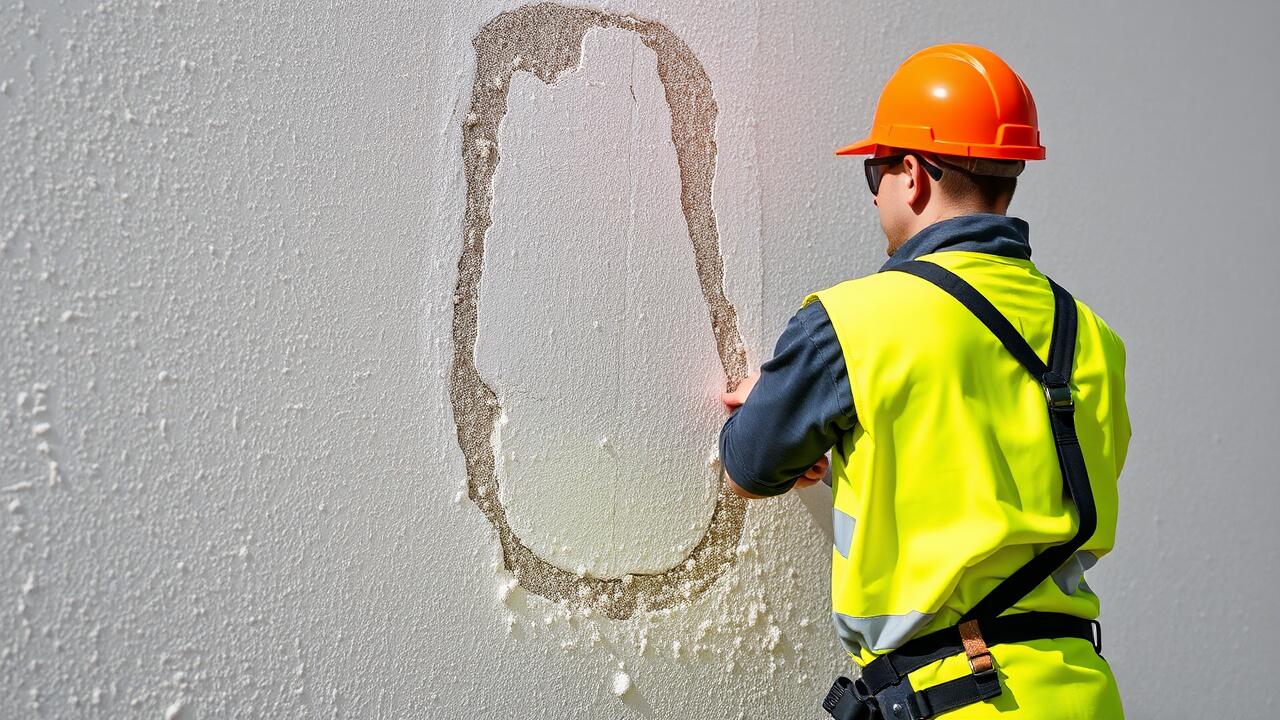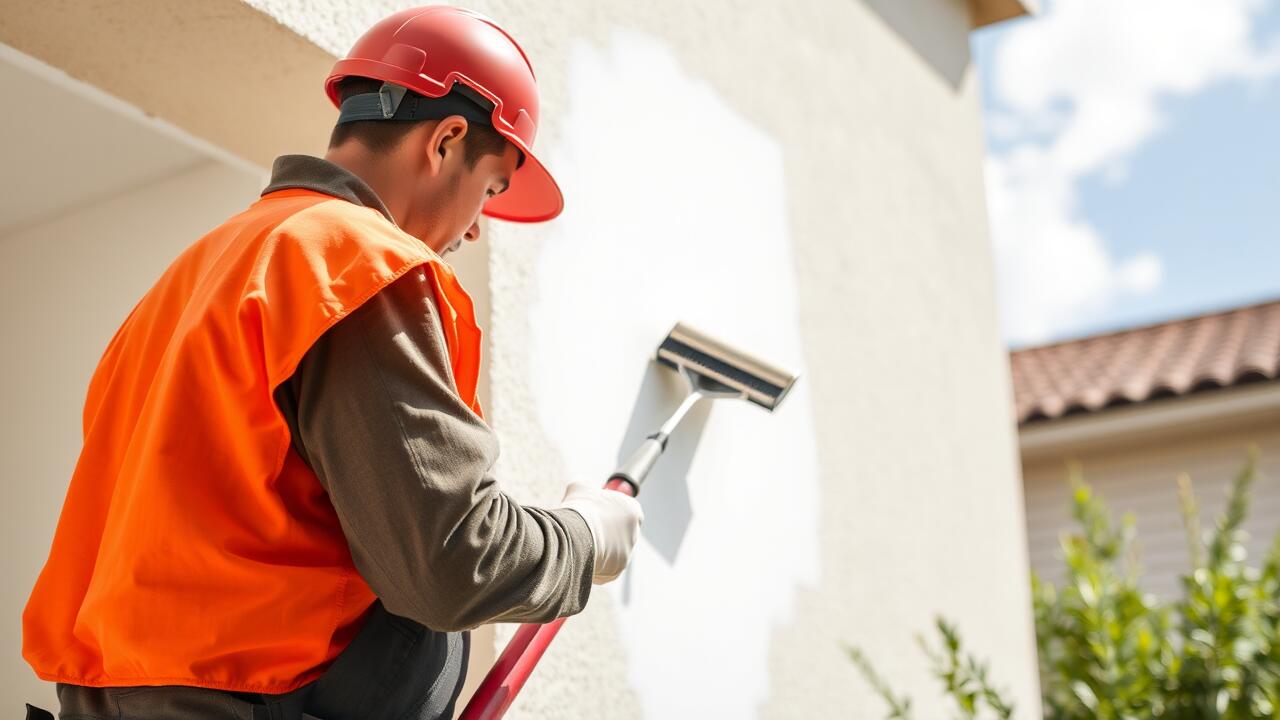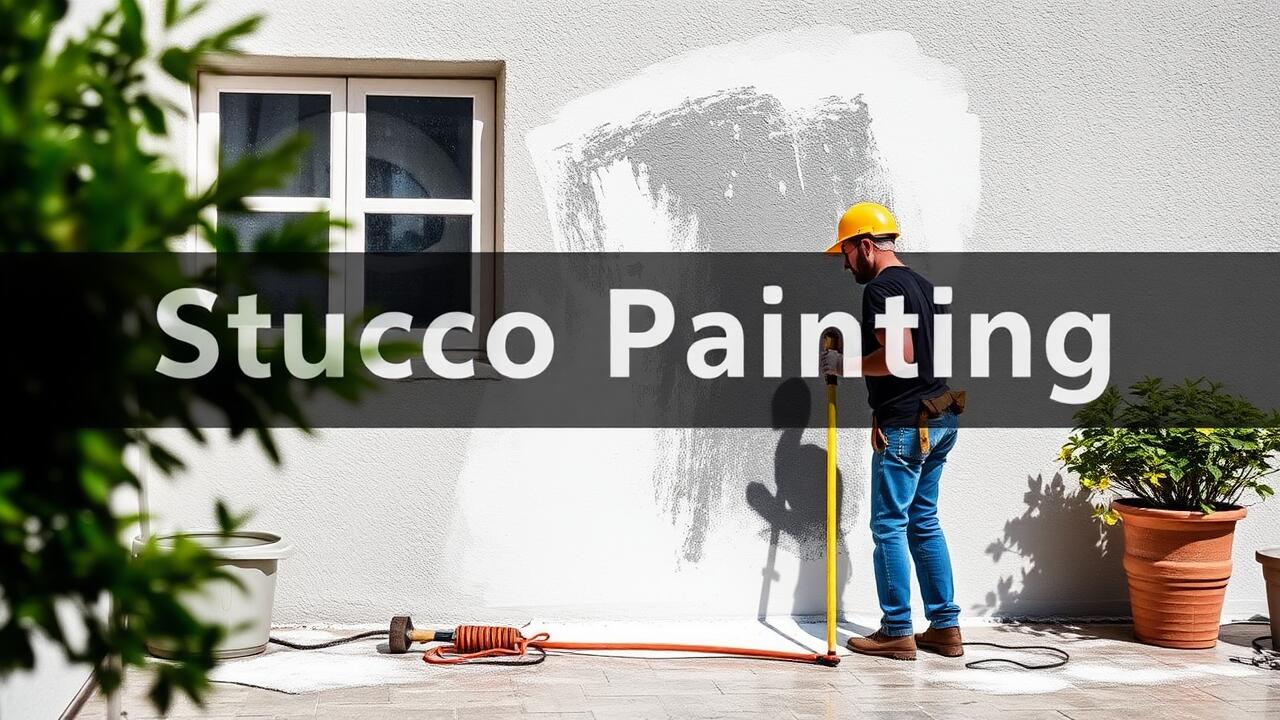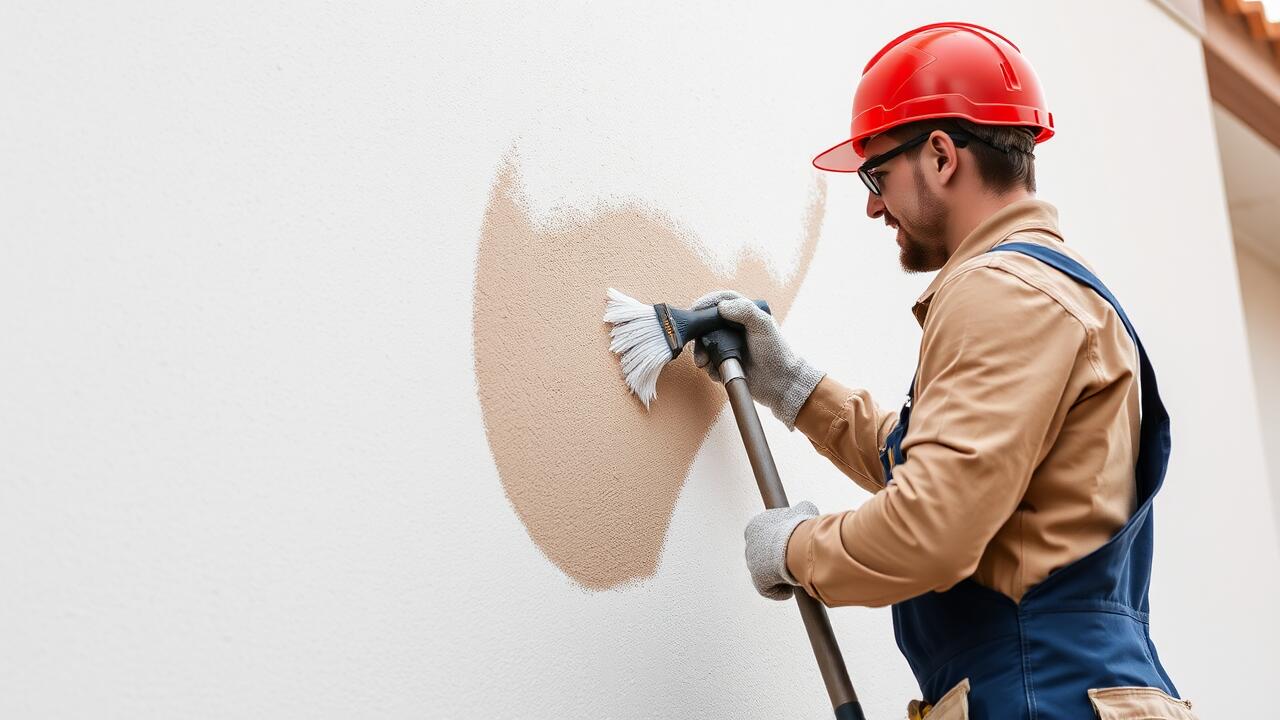
Issues with Adhesion
Adhesion issues can significantly impact the effectiveness of paint on stucco surfaces. Stucco is a porous material, which means it can absorb moisture and release it over time. If paint is applied too soon after a stucco application, or if the surface is not adequately prepped, it may struggle to bond properly. This lack of adherence can lead to peeling, flaking, and an overall unsightly appearance, particularly in areas with fluctuating temperatures and moisture levels.
When considering projects like Stucco Painting in Tarzana, Los Angeles, it’s crucial to address these adhesion problems upfront. Pristine surface preparation, including thorough cleaning and the application of a suitable primer, is vital. Failing to do so can result in wasted time and resources as the paint may not adhere as intended. Understanding the unique characteristics of stucco is essential for ensuring a long-lasting and visually appealing finish.
Factors Affecting Paint Longevity
Several factors influence the longevity of paint on stucco surfaces. The quality of the paint used plays a significant role; higher-quality paints tend to provide better adhesion and protection against the elements. Additionally, the condition of the stucco itself can impact how well the paint adheres. Cracks or damage in the stucco may allow moisture to penetrate, leading to peeling and deterioration over time. Environmental conditions in specific regions, such as humidity and temperature fluctuations, also affect paint durability.
In areas like Mid-Wilshire, Los Angeles, marine layers and seasonal temperature shifts create unique challenges for stucco painting. When the paint is applied under unsuitable weather conditions, it may not cure properly, resulting in shorter lifespan and lower performance. Homeowners engaged in Stucco Painting in Mid-Wilshire, Los Angeles, must consider these factors to ensure their investment will last and maintain its aesthetic appeal over the years. Regular maintenance and timely touch-ups can also enhance overall paint longevity.
Temperature Sensitivity
Temperature sensitivity poses significant challenges for stucco painting. Extreme temperatures can hinder the paint's ability to adhere properly to the surface. In hot conditions, the paint may dry too quickly, preventing adequate bonding with the stucco. Conversely, cooler temperatures can extend drying times, leading to a risk of dust and debris settling on the wet paint, which can compromise the finish.
The optimal temperature range for painting stucco is typically between 50°F and 85°F. In regions like Mid-Wilshire, Los Angeles, fluctuating temperatures can make timing crucial. Painters must be vigilant about weather forecasts to avoid unexpected temperature shifts that could affect the longevity and appearance of the paint. Inadequate attention to these factors can result in paint failure, requiring unnecessary touch-ups or repaints.
Effects of Weather on Paint Application
Weather conditions play a crucial role in the application of paint on stucco surfaces. High humidity or rain can impede paint adhesion, leading to issues like bubbling or peeling. When painting stucco, it is essential to consider moisture levels in the air. Painting during excessively hot or sunny weather can also be problematic, as it may cause the paint to dry too quickly, resulting in a poor finish.
In Mid-Wilshire, Los Angeles, where temperatures can fluctuate dramatically, timing becomes vital for successful stucco painting. Ideal conditions typically involve moderate temperatures and dry weather for an extended period. If these factors are not accounted for, the longevity and durability of the paint job may be compromised. Therefore, proper planning around local weather patterns is essential to ensure the best possible outcome for stucco painting in Mid-Wilshire, Los Angeles.
Increased Risk of Cracking
One of the primary concerns with painting stucco is the increased risk of cracking that often arises post-application. The nature of stucco as a material means it is prone to expansion and contraction with temperature changes. If the paint does not flex as the stucco shifts, it may lead to hairline fractures or larger cracks that can compromise both the aesthetic and structural integrity of the surface. This is especially true in regions where temperature fluctuations are common.
In areas like Mid-Wilshire, Los Angeles, the combination of heat and occasional rainfall exacerbates these risks. Properly preparing the stucco and choosing the right type of paint can mitigate some issues, but the inherent movement of the material means that there is always a possibility of cracking. Homeowners considering stucco painting in Mid-Wilshire, Los Angeles must weigh these risks against the desired visual appeal and longevity of the finish.
Consequences of Structural Movement
Structural movement in buildings often leads to cracks in stucco surfaces. When these cracks form, they can disrupt the integrity of a fresh paint layer. Paint cannot effectively adhere to compromised surfaces, resulting in peeling, bubbling, or chipping over time. Owners of homes in areas like Tarzana, Los Angeles, should be particularly mindful of this issue when contemplating stucco painting, as local soil conditions and seismic activity can contribute to movement.
Moreover, when cracks appear after painting, the aesthetics of the home can be detrimentally affected. This can lead to an increased frequency of touch-ups or potentially necessitate a complete repaint. The initial investment in stucco painting in Tarzana, Los Angeles, may not yield the desired long-term results if foundation issues are not addressed before the application. Understanding these consequences is crucial for homeowners seeking to maintain their property's appearance and value.
FAQS
What are the main issues with adhesion when painting stucco?
The porous nature of stucco can make it challenging for paint to adhere properly, leading to issues like peeling and flaking over time.
How do temperature and weather affect the longevity of paint on stucco?
Extreme temperatures and weather conditions can impact the curing process of the paint, potentially resulting in premature wear and reduced lifespan.
Why is stucco sensitive to cracking after painting?
Stucco is susceptible to structural movement and settling, which can create stress on the paint layer, leading to cracks and chips.
What factors should I consider before painting my stucco home?
Consider the current condition of the stucco, the local climate, the type of paint used, and the potential need for regular maintenance to address issues like adhesion and cracking.
Can I paint stucco myself, or should I hire a professional?
While it's possible to paint stucco yourself, hiring a professional is often recommended to ensure proper surface preparation and application techniques that can mitigate common issues.
